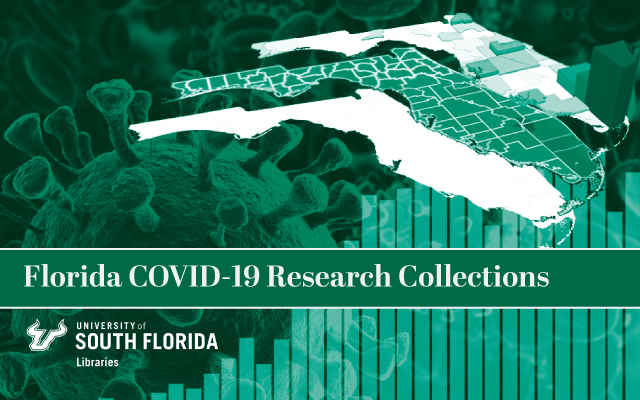
All publications
Document Type
Article
Publication Date
11-2020
Keywords
COVID-19, SARS-CoV-2, Agent-based simulation model, Intervention strategies, Face mask, Contact tracing
DOI
https://doi.org/10.1016/j.gloepi.2020.100036
Abstract
Purpose: Social intervention strategies to mitigate COVID-19 are examined using an agent-based simulation model. Outbreak in a large urban region, Miami-Dade County, Florida, USA is used as a case study. Results are intended to serve as a planning guide for decision makers.
Methods: The simulation model mimics daily social mixing behavior of the susceptible and infected generating the spread. Data representing demographics of the region, virus epidemiology, and social interventions shapes model behavior. Results include daily values of infected, reported, hospitalized, and dead.
Results: Results show that early implementation of complete stay-at-home order is effective in flattening and reversing the infection growth curve in a short period of time. Whereas, using Florida's Phase II plan alone could result in 75% infected and end of pandemic via herd immunity. Universal use of face masks reduced infected by 20%. A further reduction of 66% was achieved by adding contact tracing with a target of identifying 50% of the asymptomatic and pre-symptomatic.
Conclusions: In the absence of a vaccine, the strict stay-at-home order, though effective in curbing a pandemic outbreak, leaves a large proportion of the population susceptible. Hence, there should be a strong follow up plan of social distancing, use of face mask, contact tracing, testing, and isolation of infected to minimize the chances of large-scale resurgence of the disease. However, as the economic cost of the complete stay-at-home-order is very high, it can perhaps be used only as an emergency first response, and the authorities should be prepared to activate a strong follow up plan as soon as possible. The target level for contact tracing was shown to have a nonlinear impact on the reduction of the percentage of population infected. Increase in contact tracing target from 20% to 30% appeared to provide the largest incremental benefit.
Rights Information

This work is licensed under a Creative Commons Attribution-Noncommercial-No Derivative Works 4.0 License.
Citation / Publisher Attribution
Global Epidemiology, v. 2, art. 100036
Scholar Commons Citation
Tatapudi, Hanisha; Das, Rachita; and Das, Tapas K, "Impact Assessment of Full and Partial Stay-at-home Orders, Face Mask Usage, and Contact Tracing: An Agent-Based Simulation Study of COVID-19 for an Urban Region" (2020). All publications. 13.
https://digitalcommons.usf.edu/usf_fcrc_all/13

